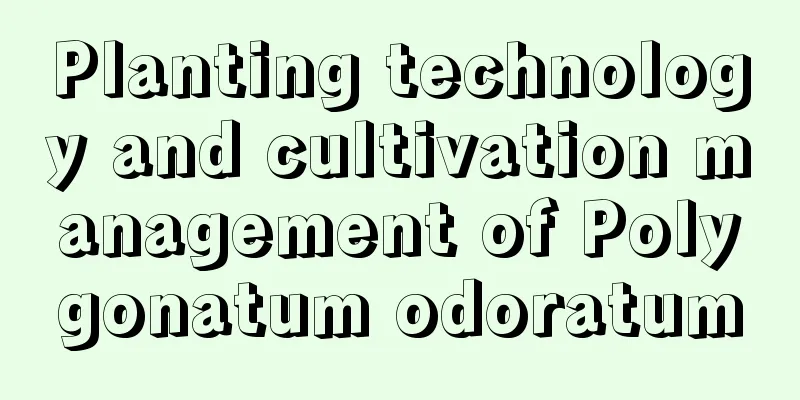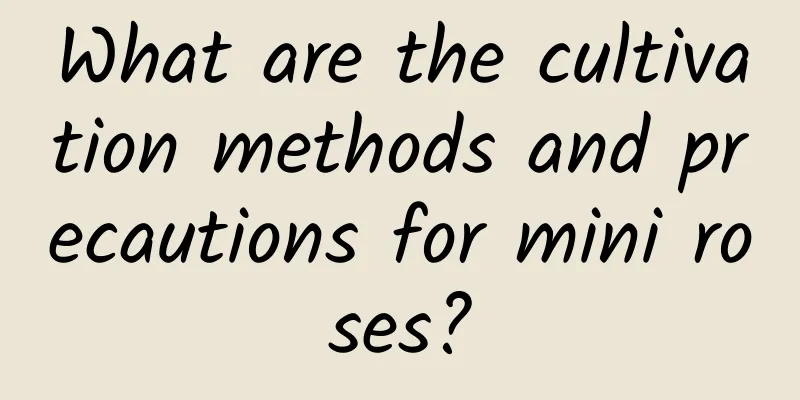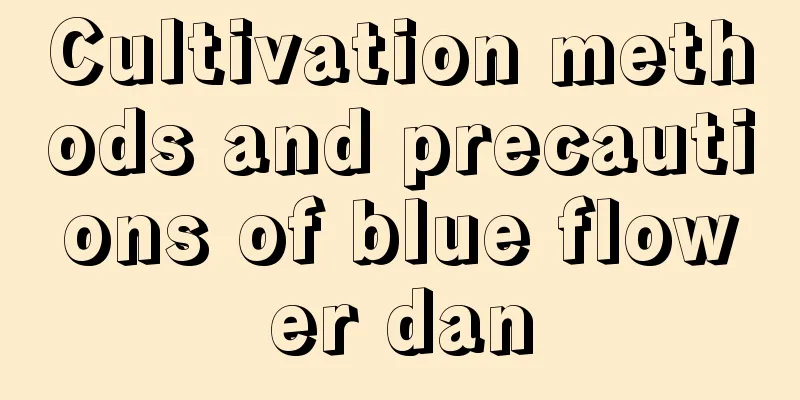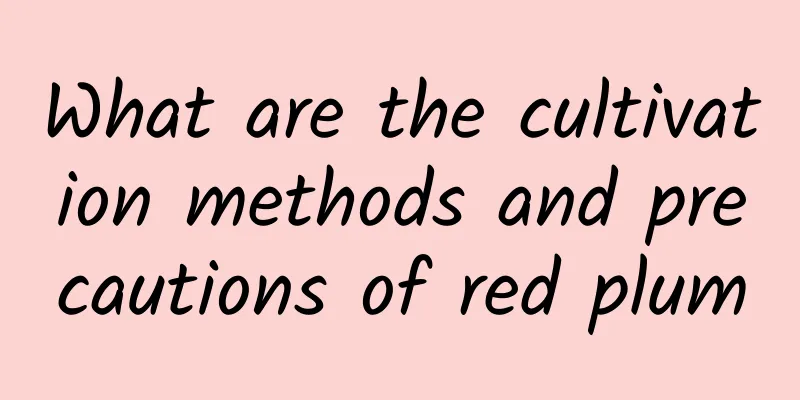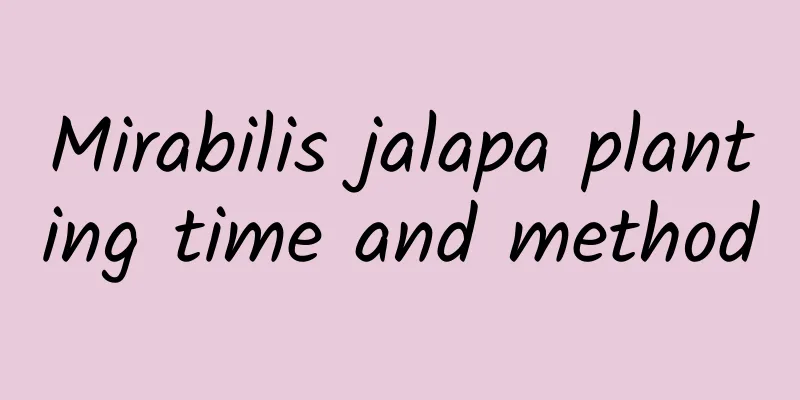Houttuynia cordata planting time and method

|
Houttuynia cordata , also known as Houttuynia cordata, Houttuynia cordata, and Pig Nose Arch, is a perennial herb of the genus Houttuynia of the family Saururaceae. The tender stems and leaves of Houttuynia cordata are edible, with a crispy texture and a special fishy smell. They can be eaten cold, stir-fried or cooked into soup, and have a unique flavor. Below, the editor will introduce the planting time and method of Houttuynia cordata, let’s take a look. 1. Planting time of Houttuynia cordata 1. Spring planting Since the temperature in northern regions rises slowly in spring, it is recommended to plant it from April to June to ensure that Houttuynia cordata can grow under suitable temperature and humidity conditions. The spring climate in the southern region is warm, and March to May is a good time to plant Houttuynia cordata. 2. Autumn planting In tropical areas or temperate regions, autumn from September to October is a good time to plant Houttuynia cordata when the climate is warm but not too hot and the soil moisture is moderate. 2. Houttuynia cordata planting method 1. Land preparation and fertilization Choose fertile, loose, well-drained sandy loam or soil rich in organic matter. Apply 3000-4000 kg of decomposed organic fertilizer per mu, along with an appropriate amount of compound fertilizer . 2. Breeding method The main methods of propagation of Houttuynia cordata are seed propagation, division propagation and rhizome propagation. Propagation by division is carried out in spring or autumn. The previously planted Houttuynia cordata is dug out, divided and replanted. 3. Watering Houttuynia cordata needs plenty of water, but avoid overwatering which can cause root rot. During the planting process, keep the soil moist, especially in the seedling stage, water frequently. In the later stages of growth, the amount of watering can be reduced appropriately to promote root development. 4. Weeding During the growing period, weeds in the field should be removed in time to avoid competing with Houttuynia cordata for nutrients. Weeding can be done by hand pulling or using pesticides. 5. Fertilization Houttuynia cordata has a greater demand for fertilizer , especially in the middle and late stages of growth. When applying fertilizer, pay attention to the balanced supply of nutrients such as nitrogen, phosphorus and potassium. In the early stage, nitrogen fertilizer is mainly used to promote the growth of seedlings. In the middle and late stages, phosphorus and potassium fertilizers should be applied to increase yield and quality. 6. Pest and disease control Houttuynia cordata has fewer diseases and pests, but in order to effectively prevent them, it is still necessary to strengthen cultivation management and improve the plant's disease resistance. For any diseases and pests discovered, biological control, chemical control and other methods should be adopted in a timely manner to prevent and control them. The above is an introduction to the planting time and method of Houttuynia cordata. Houttuynia cordata is generally harvested from spring to autumn. When harvesting, you should choose healthy plants without diseases and insect pests, dig out their roots, and wash them before eating or processing.
|
<<: Onion planting time and method
>>: How and when to plant garlic in spring
Recommend
Taboos on placing white palms
1. Feng Shui Effect We can see from the picture t...
What to do if the root of the star beauty is rotten
The reason why the root of the star beauty rots W...
When is the best time to transplant peach trees?
The fruit of the peach tree is peaches, which com...
Moss cultivation methods and precautions
Moss grows very fast and is green and pleasing to...
Causes and treatments for yellow leaves of purple bamboo
1. Improper watering Reason: Because purple bambo...
How to care for money tree in winter
one. Temperature control and cold protection: Thi...
What flowers are easy to grow and beautiful?
1. Jasmine It is one of the easiest flowers to gr...
When will the fragrant lilies planted in October bloom?
The fragrant lily has always been loved by garden...
What to do if Michelia does not bloom
1. Temperature (1) Specific reasons: First of all...
What to do if Gardenia leaves turn yellow and fall off (Causes and solutions)
1. Improve ventilation Reason: Poor air circulati...
How to grow purple grass
sunlight This flower likes sunlight and will bloo...
Is wolfsbane poisonous?
1. The origin of the name of wolfsbane Wolfsbane ...
Is sea buckthorn a fruit or a vegetable?
Is sea buckthorn a fruit or a vegetable? Sea buck...
Is it good to keep jasmine at home? (with recommendations for plants with good feng shui)
1. Is it good to keep it at home? In some places,...
All rotten roots in hydroponics are eliminated in one move, and the leaves are so green that they seem to be dripping with oil!
How to judge whether the hydroponics roots are ro...


